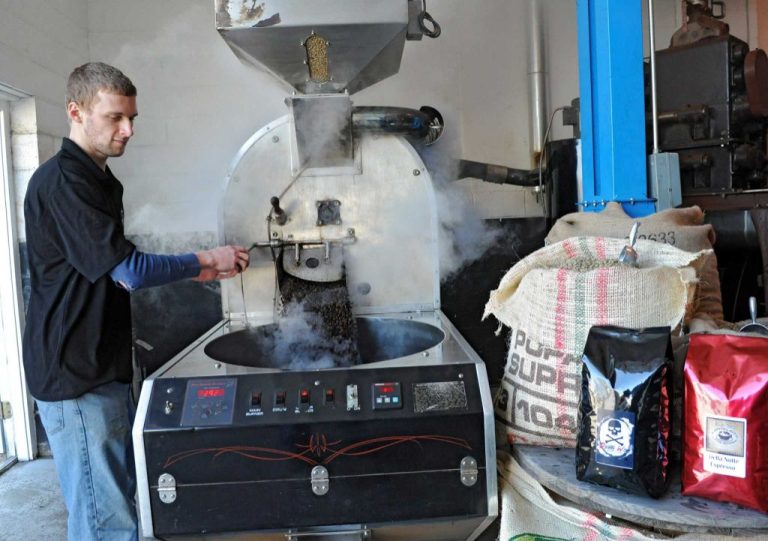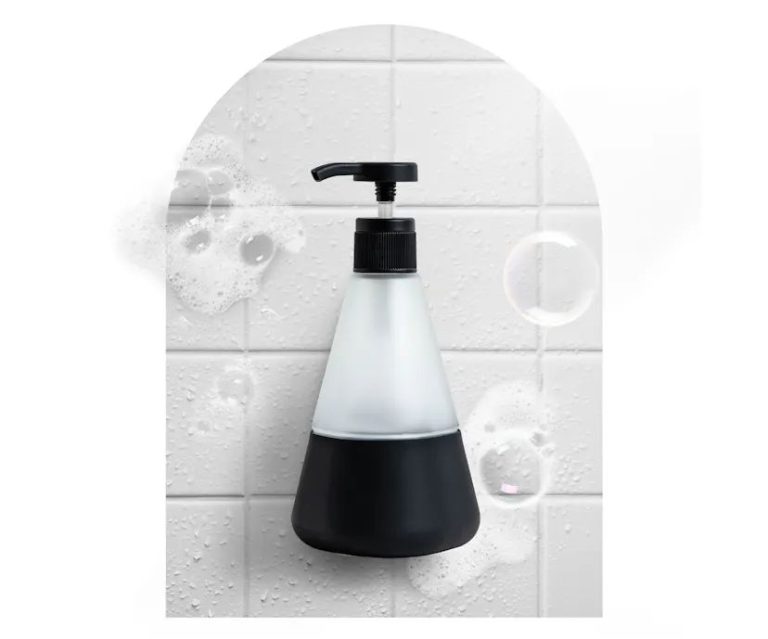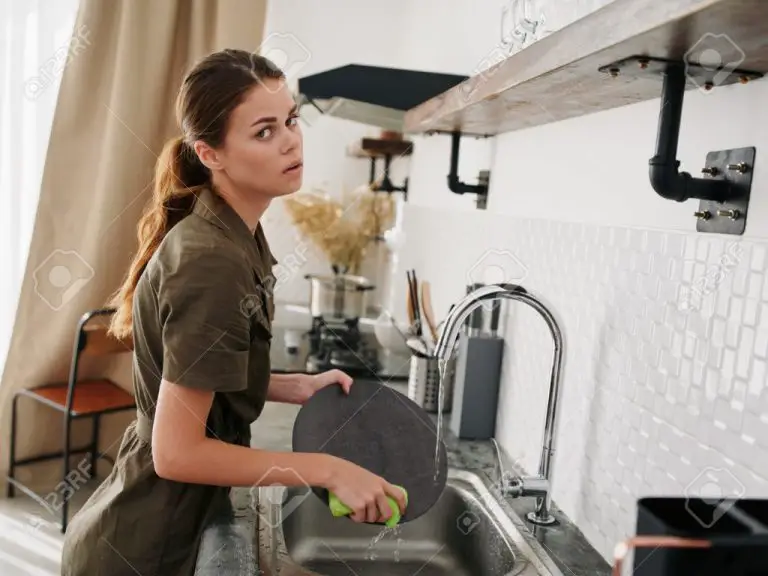What Should A Comal Be Made Of?
A comal is a rounded cooking griddle originating from Mexico and Central America. It is commonly used to cook tortillas, but can also be used to prepare other foods like pancakes, eggs, meat, peppers, and more. Comales have been an essential cooking tool for many Latin American cultures for hundreds of years.
Traditionally, comales were made from clay and used over an open fire or clay oven. They allowed cooks to quickly make tortillas and other flatbreads that were a staple of the local diet. Over time, comales evolved into also being made from cast iron and other modern materials. But their distinctive rounded shape and cooking purpose remain the same.
Comales hold cultural significance in Mexico, Central America, and parts of the southwestern United States where there are large Hispanic/Latino populations. They are an important part of family and community traditions surrounding food. Many Hispanic families pass down comales for generations as heirlooms.
Common Materials for Comales
When it comes to selecting a comal, the most common materials are clay, cast iron, and aluminum. Each material has its own advantages and disadvantages that affect cooking performance.
Clay
Clay comales have been used for centuries in Mesoamerican cuisine. The porous nature of clay allows it to absorb and distribute heat evenly across the comal’s surface. Clay also retains heat well once the comal is hot. The downside to clay is that it can crack or break with abrupt temperature changes. Clay comales must be “seasoned” through long-term use to develop a natural non-stick patina.
Cast Iron
Cast iron comales are extremely durable and maintain even heat distribution like clay. Seasoned cast iron also develops a natural non-stick surface. Cast iron comales can withstand higher cooking temperatures than clay. However, cast iron is slower to heat up initially and retains heat longer after cooking is finished. Cast iron is heavier than other materials.
Aluminum
Aluminum comales are lightweight, inexpensive, and heat up quickly. However, they don’t retain heat as well and are more prone to hot spots and uneven cooking across the surface. Aluminum can also react with acidic foods during cooking. On the plus side, aluminum comales don’t require seasoning like cast iron or clay.
Clay
Clay is a traditional material used to make comales in Mexico and Central America. Comales made from clay retain and distribute heat very evenly, which allows for even cooking and browning of tortillas. The clay holds heat well once the comal reaches temperature.
The downside to clay comales is they are prone to breaking if dropped or mishandled. The clay can crack or chip. But many cooks appreciate the traditional clay material and handle their comales carefully. With proper care, a well-made clay comal can last for many years.
Cast Iron
Cast iron is a popular material for comales due to its ability to heat evenly and retain high temperatures. The iron distributes heat from the burner or heating element efficiently across the entire surface. This allows ingredients to cook thoroughly without hot or cold spots.
Cast iron is also highly durable and long-lasting. With proper seasoning and care, a cast iron comal can last for decades or even generations. The thick material does not warp or corrode easily. As it’s used over time, cast iron develops a natural non-stick patina.
The downside is that cast iron is considerably heavier than other materials like aluminum or clay. A large cast iron comal may be difficult for some users to lift and maneuver. The weight helps retain heat, but also makes the comal less portable.
Overall, cast iron makes an excellent traditional material for cooking on a comal. It distributes consistent heat for even cooking results. With care and seasoning, a cast iron comal can become a treasured kitchen heirloom passed down for generations.
Aluminum
Aluminum is another common material used for making comales. It has several advantages and disadvantages.
Aluminum comales are lightweight, which makes them easy to maneuver and transport. The lightweight nature also allows aluminum to heat up quickly on the stove or over an open flame. This enables cooks to start making tortillas and other items very rapidly.
However, aluminum has a lower melting point than other metals, so it can more easily warp and lose its shape if overheated. Aluminum also tends to discolor over time with extended use and exposure to heat. This can lead to scratches and an unsightly appearance.
The quick heating is convenient, but aluminum’s tendency to warp and discolor means it may need to be replaced sooner than a cast iron or ceramic comal. Cooks need to take care not to overheat an aluminum comal to prolong its lifespan.
Other Materials
In addition to clay, cast iron, and aluminum, some other materials are sometimes used to make comales, though less commonly:
Stone – Stone comales like granite or marble maintain even heating, but can crack under thermal stress. They’re very heavy, so not portable. Stone requires seasoning like cast iron.
Carbon steel – Carbon steel is durable and conducts heat well. It needs to be seasoned like cast iron to prevent rusting. Carbon steel comales provide even heating, but can develop hot spots if not properly seasoned.
Nonstick coatings – Newer nonstick surfaces like ceramic or Teflon make comales easy to clean. However, these coatings may scratch or degrade over time with metal utensils or overheating. Nonstick doesn’t retain heat as well as uncoated materials.
How Material Affects Cooking
The material a comal is made from can significantly impact the cooking process and results. Key factors influenced by the comal material include:
Heat Retention
Materials like cast iron retain heat very well. This allows the comal to stay hotter longer while cooking. By contrast, materials like aluminum don’t retain heat as efficiently. A cast iron comal will provide more consistent results.
Heating Time
Denser materials like cast iron take longer to heat up initially. But once hot, they hold the temperature well. Less dense metals like aluminum heat up quickly, but the temperature fluctuates more during cooking. Cast iron requires more preheating, while aluminum can cook quicker.
Ease of Use
Lighter materials are easier to handle and move around. Cast iron is very heavy, which makes maneuvering more difficult. Aluminum comales are significantly lighter.
Flavor
Porrous materials like clay can absorb flavors over time. This can lend a subtle flavor enhancement to foods. Cast iron also sometimes imparts a faint metallic taste. Non-porous materials like aluminum don’t retain flavors in this way.
Caring for Your Comal
Properly caring for your comal is essential to keeping it in good working order and maximizing its lifespan. This involves both seasoning it initially and cleaning it properly after each use.
Seasoning
Seasoning is necessary to create a natural non-stick surface on a new comal. For clay comales, rub the entire surface with vegetable oil before heating it. With cast iron or aluminum comales, lightly coat the surface in oil then “bake” the oil onto the metal by heating it on the stove or in the oven. Repeating this process 2-3 times seals the pores and prevents food from sticking.
Cleaning Methods by Material
Clay: Let the comal cool completely after cooking, then wipe clean with a damp cloth or sponge and mild detergent. Do not soak or immerse in water, as this can damage the clay. Re-season periodically.
Cast Iron: Clean while the pan is still warm with a stiff brush and hot water to remove any stuck on food. Avoid soap, which can break down the seasoning over time. Dry thoroughly and rub with a thin coat of oil before storing.
Aluminum: Allow to cool before cleaning. Use hot water, mild detergent, and a soft sponge or brush to clean. Avoid abrasive scouring pads. Dry thoroughly after washing.
Choosing the Right Comal
When selecting a comal, the most important factors to consider are the material, size, and shape based on your cooking needs and preferences.
For material, clay comales are traditional and provide even heating, but require more care. Cast iron holds heat well, but can be heavy. Aluminum conducts heat efficiently, but may not last as long. Non-stick coated comales simplify cleanup.
The size of the comal depends on how much food you typically cook. Smaller comales around 12 inches work well for individual meals, while larger 18-24 inch comales accommodate cooking for more people or making tortillas.
The shape is also a consideration. Flat comales have the most cooking surface and work well for making tortillas. Round comales are versatile for heating smaller amounts. Comales with shallow well(s) allow for collecting grease or juices while cooking.
Think about your typical dishes, number of people, and any special features that may help your prep and cooking process when selecting the right comal for your kitchen.
History and Cultural Significance of the Comal
The comal has a long history and cultural significance in Latin American and Mexican cuisine. It is a traditional flat griddle that has been used for cooking tortillas, toasting spices, roasting vegetables, and more. Comales date back hundreds of years to pre-Hispanic times when Indigenous peoples of Mexico and Central America cooked on flat clay plates or griddles.
Over the centuries, comales have remained an essential part of traditional cuisines in Mexico, Central America, and beyond. Handmaking comales is an artisanal craft that has been passed down for generations. Many artisans still hand-shape comales from clay and fire them in traditional adobe ovens. These lovingly crafted clay comales are central to preparing authentic dishes like freshly made tortillas.
Beyond just a cooking implement, the comal represents family, tradition, and culture. Preparing a meal on a comal, especially tortillas, brings families together across generations. The techniques, recipes, and even the comales themselves are often passed down from mothers to daughters. For many, a clay comal represents more than just a griddle – it embodies memories, heritage, and devotion to age-old culinary customs.




